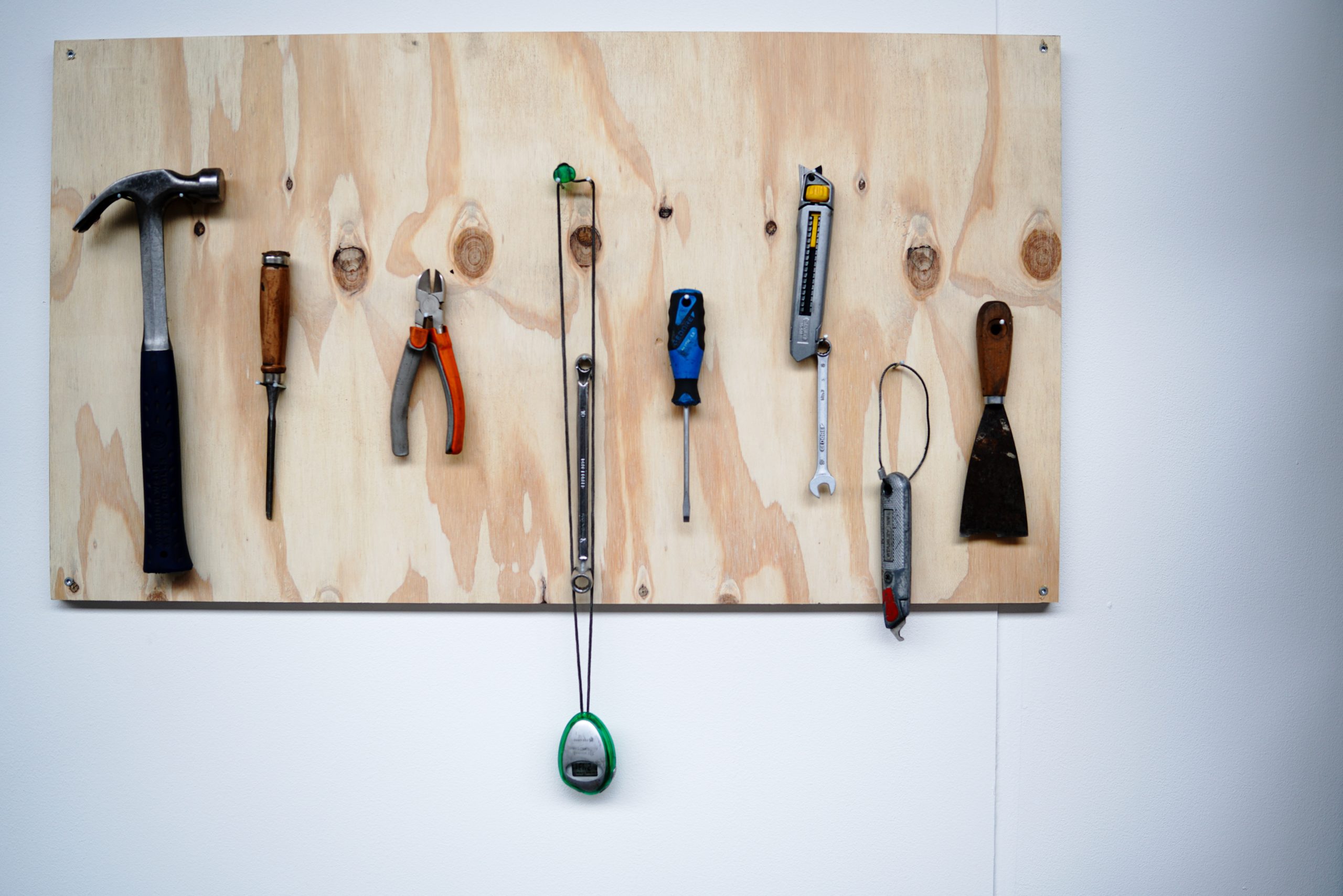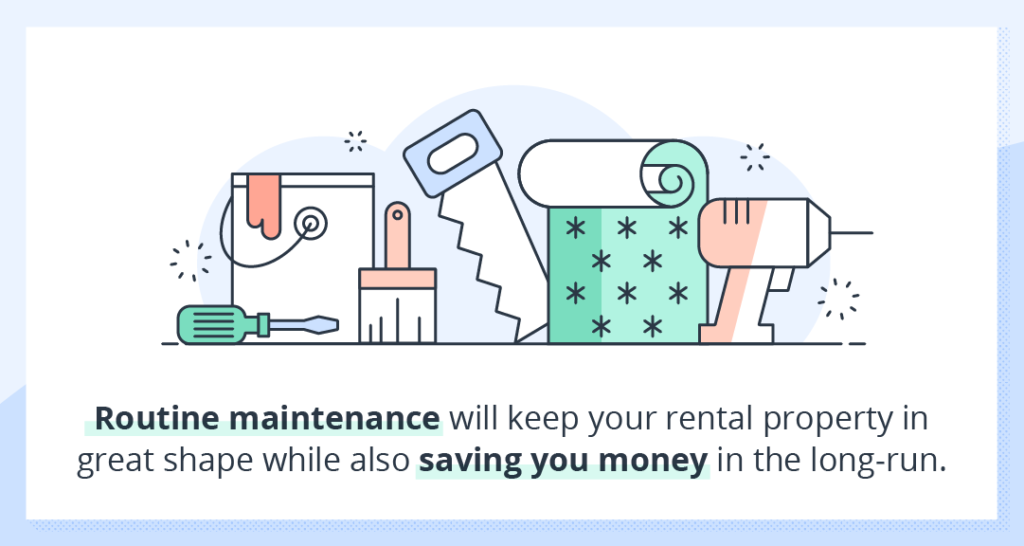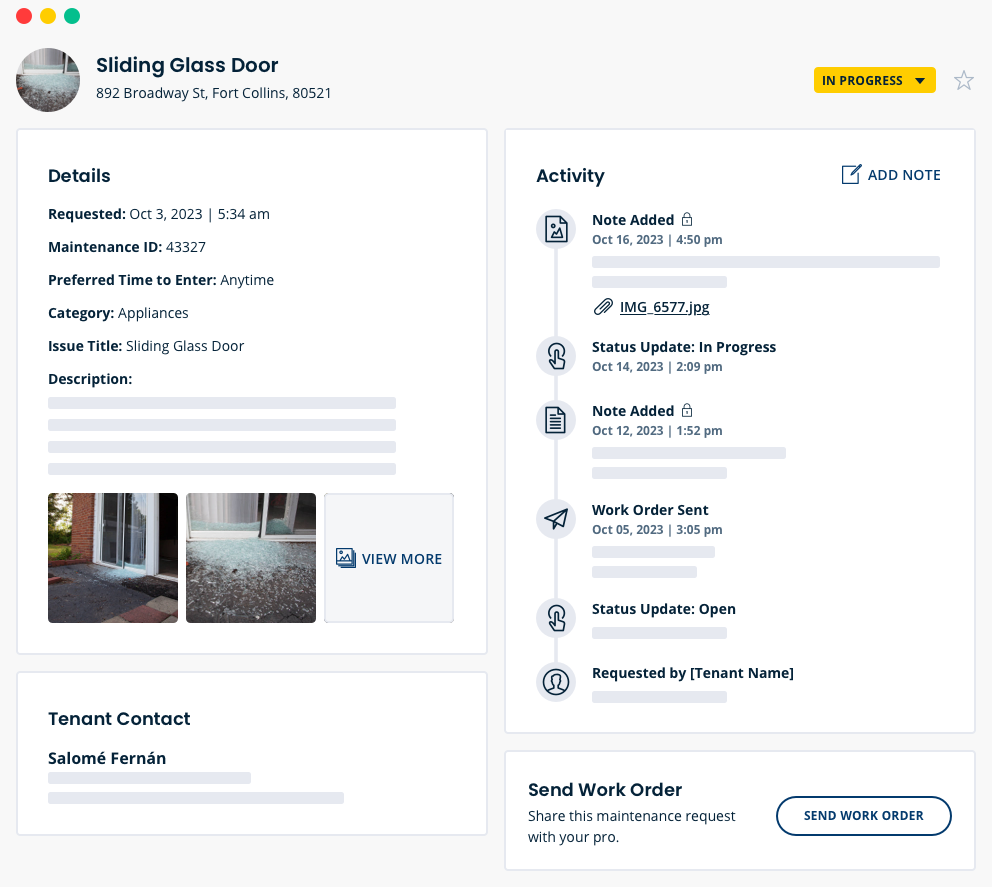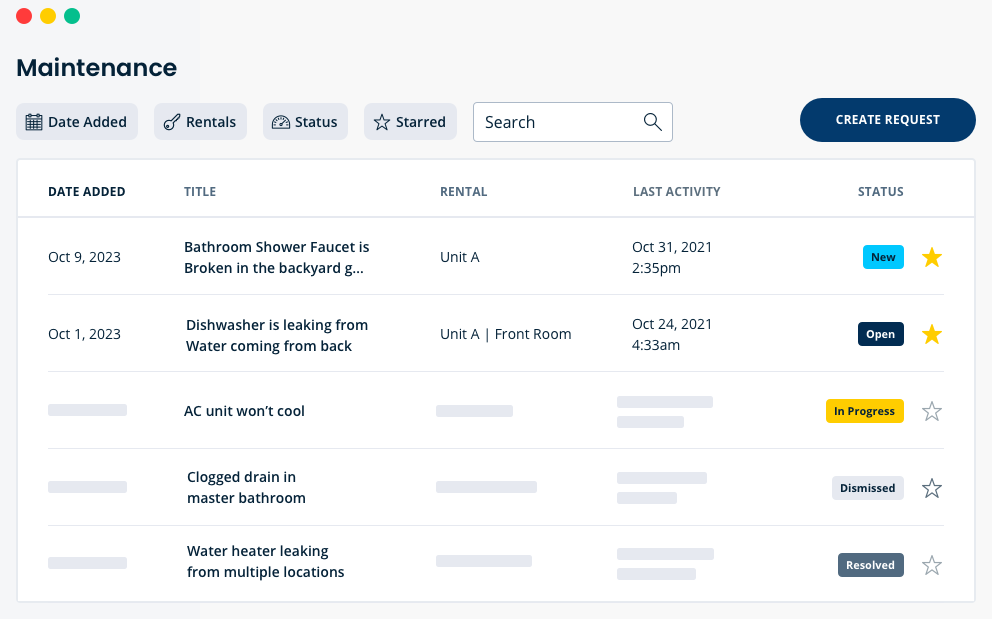8 min read
Blame Landlords Less and Property Managers More
Scroll through the news, and you’ll find no shortage of horror stories about landlords. But in three recent cases involving unlawfully withheld...

Rental property maintenance is one of the many responsibilities of a landlord that might feel intimidating to new property owners. Yet, routine maintenance will help keep your property in shape and avoid costing you more money in the future by decreasing the need for major repairs. Plus, completing maintenance is a legal duty of a landlord laid out in lease agreements and state laws.
Maintenance can be a huge stressor for many landlords – if you don’t have a system that keeps you notified, organized, and responsive to alleviate some of that weight.
Learn why staying on top of maintenance is important as well as how to handle maintenance requests online through your TurboTenant account.
Marketing. Applications. Leases. Payments.
Marketing. Applications. Leases. Payments.

There are a plethora of ways to estimate how much maintenance will cost for a property. One general rule says that maintenance will cost around 1.5 times the monthly average rent of the property. For example, if the rent price is $1,000, you would typically expect to spend around $1,500 on maintenance for the year.
The 1% rule is another common calculation. With this method, 1% of your rental’s total value will go toward maintenance costs each year.
While maintenance costs should be built into your budget, completing routine maintenance tasks as well as routine inspections will help you keep your property up to date and avoid expensive fixes that could add up from neglect. Here are a few other reasons why responding to and completing maintenance requests is imperative:
Pro Tip: Not sure what to look out for on your inspections? Get free rental inspection checklists here.
Renters will not appreciate delayed response and overdue fixes when it comes to repairs, so when your renters submit a maintenance request to you, communicating with them and responding as soon as you can is ideal.
If you have a go-to maintenance person, letting them know the problem as soon as possible will help avoid any conflict. Remember, the time length a landlord has to fix something is different for critical vs. non-critical repairs.
Did You Know?: Finding a contractor you trust doesn’t have to be hard – simply follow our guide to finding a trustworthy handyperson.
Having your maintenance requests and maintenance history in your TurboTenant account will easily help you avoid multiple texts, emails, or notes to keep track of what needs to be fixed in different units. Renters can log into their accounts and submit a maintenance request form that includes a title, description, an option to upload photos, and a preferred time to enter.

When renters submit a maintenance request, landlords will be notified immediately by email. When you click on the link to view the request, you’ll be able to view the description of the maintenance request and see who made it – along with timing coordination notes from your tenant. You can send a message to the tenant directly through the request to ask questions or discuss times.
Furthermore, if you need to send a work order to a different person who helps with maintenance, you can easily send all of the information by email instead of having to go through the extra hassle of calling them or sending screenshots.
Another advantage of managing your maintenance requests online is the records of repairs that will be created for all of your rental units. This information is easily viewed in your account with an “In Progress,” “Dismissed,” or “Resolved” tag. Using this feature will be a game-changer when you need to look back to see if you already made a certain fix in the property.
Once the maintenance request is resolved, you can notify your tenants that it is fixed and renters will receive a form to provide feedback with a thumbs up or thumb down and a comment section.

Ultimately, utilizing the maintenance request feature in your TurboTenant account will save both you and your tenants’ time. And remember to follow up on repairs to further strengthen your landlord-tenant relationship
Marketing. Applications. Leases. Payments.
Marketing. Applications. Leases. Payments.
It is up to the landlord if they want to hire someone to help with maintenance at their properties. If time is an issue, it can be very beneficial to have a go-to maintenance person to help fix non-critical issues. However, if you are trying to save costs, DIYing can be a great solution – just make sure you are prepared and educated. If there are issues that require more specialization, such as an electrician, it is probably best to leave it to the professionals.
When it comes to time length, make sure you check your state and local laws as it varies from location to location. Typically, a landlord has between three to seven days to fix critical repairs and 30 days to fix non-critical repairs.
Here is a helpful resource to distinguish regular wear and tear in a rental. If your tenant requests something to be fixed, even if it is just replacing a lightbulb, it is wise to honor the tenant’s request – some landlords will have specific things laid out in the lease that tenants are responsible for taking care of such as mowing the lawn or unclogging drains. Remember, always be transparent and open to communicating with your renters to foster a sense of trust between you.
8 min read
Scroll through the news, and you’ll find no shortage of horror stories about landlords. But in three recent cases involving unlawfully withheld...
9 min read
Like it or not, credit dictates a lot in our lives, and your tenants may want to get some recognition for their on-time...
14 min read
Staying compliant with IRS rules for rental property is a non-negotiable piece of the landlord puzzle. As we all know, Uncle Sam expects full transparency from...
Join the 750,000+ independent landlords who rely on TurboTenant to create welcoming rental experiences.
No tricks or trials to worry about. So what’s the harm? Try it today!
TurboTenant, Inc., © 2025
Created in Sunny Colorado